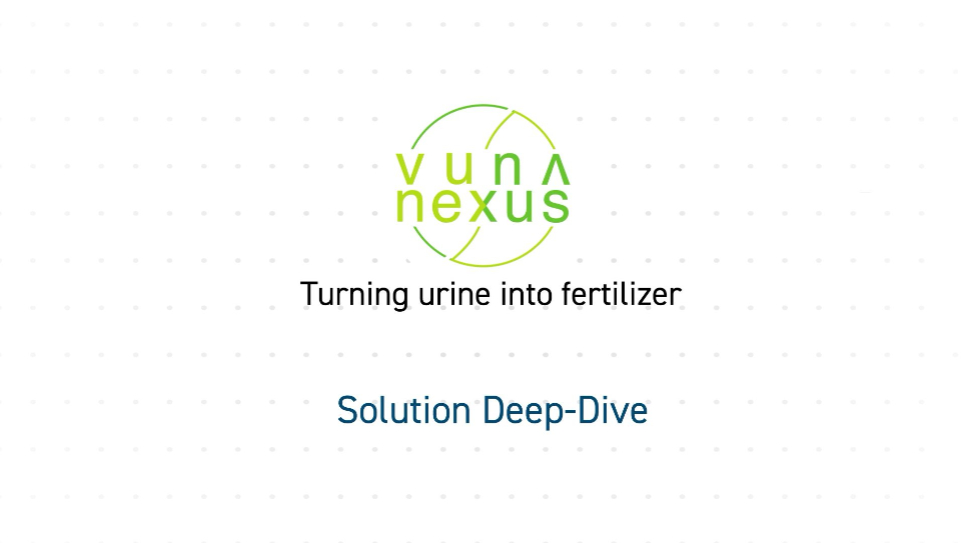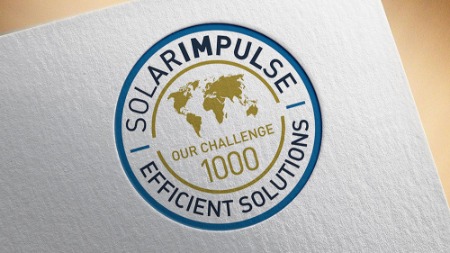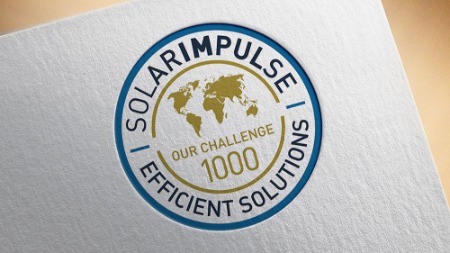Climate Nugget
Solution Deep-Dive: VunaNexus

Interview with David de Chambrier, Co-Founder of VunaNexus
In this episode of Solution Deep-Dive, the Solar Impulse Foundation traveled to Zurich, Switzerland, to meet with David De Chambrier, Co-Founder of VunaNexus.
Originally launched as VUNA–which means “harvest” in Zulu–the initiative began 15 years ago in Durban, South Africa, with the goal of finding practical uses for large volumes of separately collected urine.
Over time, VunaNexus collaborated with several institutions, including Eawag, the Swiss Federal Institute of Aquatic Science and Technology, to develop the VUNA urine recycling system. This technology prevents urine from entering wastewater streams and instead transforms it into a sustainable fertiliser for agricultural use.
In this conversation, we explore this innovative approach and its promise as an eco-friendly alternative to conventional fertilizers.
(pending video upload)
How does the solution work ?
D. De Chambrier describes the technology as a urine filtration system tailored for collective buildings and densely populated urban areas, where conventional water treatment infrastructure is often overstretched.
Instead of allowing urine to flow into municipal treatment plants, the system captures and filters it directly at the source–within toilets. This enables the recovery of valuable minerals and compounds, which are typically lost when urine is mixed with other wastewater in conventional sewage systems.
The VUNA solution features a biological reactor that removes carbon and eliminates micropollutants, followed by an industrial distillation unit that concentrates the minerals and recycles the water–all within the same building.
VunaNexus currently operates five active installations, including one at the European Space Agency in Paris. The technology is now also being adapted for agricultural use, specifically to treat porcine urine and reduce ammonia emissions on farms.
Why is the solution innovative ?
Developing a patented nitrite sensor was a crucial milestone. D. De Chambrier highlights the challenge of nitrifying pure urine in a highly concentrated solution–a key process that enables the conversion of urine into fertilizer.
Looking ahead, the sensor is expected to provide real-time, continuous monitoring of nitrite levels in the wastewater streams of conventional sewage systems.
The challenges encountered by VunaNexus
As previously mentioned, optimising the nitrification process posed a significant challenge. During this biological transformation, bacteria convert ammonium into nitrite and then into nitrate. If not carefully controlled, part of the nitrite can be lost–resulting in the release of toxic nitrous oxide (N2O) into the atmosphere. Ensuring that nitrite remains fully contained was therefore a crucial step.
Now that this process is under control, D. De Chambrier notes that the main challenge for VunaNexus is convincing the public that collecting urine and converting it into a cost-effective, odorless fertilizer is both practical and effective.
Nevertheless, he emphasizes that momentum is building. With growing support from public authorities, the technology is increasingly seen as a viable solution for integrating sustainability into new building projects. He believes this shift will enhance the appeal of the innovation for potential investors, who may view it as an opportunity to obtain certifications that validate their contributions to global emissions reduction.
The solution’s impact:
David De Chambrier describes a growing global movement within the industry, where companies operate as a closely connected network, collaborating and working toward a shared goal. One example is the P2Green project, which brings VunaNexus together with direct competitors to co-develop certification standards aimed at increasing recognition for urine-based fertilizers across Europe.
In France, while De Chambrier remains hopeful that regulations around reusing distilled water in flush systems will eventually be relaxed, a large-scale project is already underway in the Paris-Saclay urban area to collect and recycle the urine of 20,000 residents.
The Origin of VunaNexus
The project has its roots in the original VUNA initiative in South Africa, which aimed to create a system allowing farmers to recycle urine for use as fertilizer. The goal was to address key local challenges: limited access to fertilisers, inadequate sanitation infrastructure, fluctuating fertiliser prices, and increasing health risks.
Building on that foundation, David De Chambrier and his sister Nadège dedicated their time and energy to advancing the project–ultimately transforming VUNA into what is now VunaNexus.
The future of VunaNexus
Looking ahead, D. De Chambrier envisions the technology becoming widely accessible–much like the way any sanitation company can install a rainwater collection system. By enabling third-party companies to handle system maintenance, VunaNexus could concentrate entirely on its core expertise: biological treatment.
This shift would also allow the company to integrate its nitrite sensors into sewage treatment plants, offering additional tools to help reduce nitrogen dioxide (N2O) emissions. He believes that cities like Paris, with their massive wastewater volumes, will inevitably require such solutions to meet future demands.
If VunaNexus were compensated for the treatment service itself, the cost of producing fertilizer could be brought down to the point of being virtually free–closing the loop entirely.
Collaborating with the Solar Impulse Foundation
David de Chambrier highlighted the increase in visibility and credibility the solution has gained thanks to the Solar Impulse Efficient Solution Label.
Additionally, he mentioned that being a part of the Solar Impulse Foundation’s network enabled VunaNexus to stay up to date with current events and learn about opportunities to come in contact with potential partners or investors.



